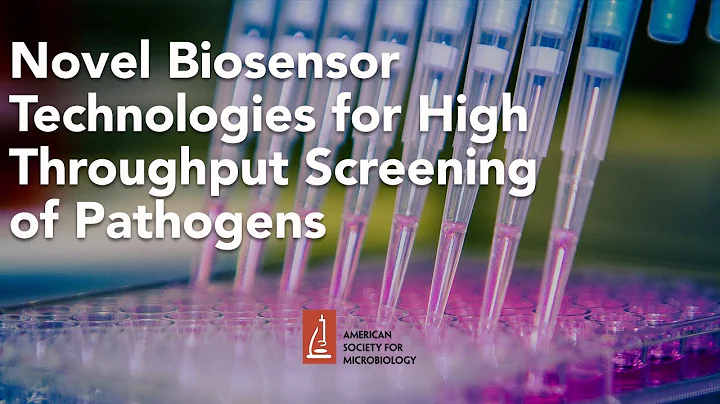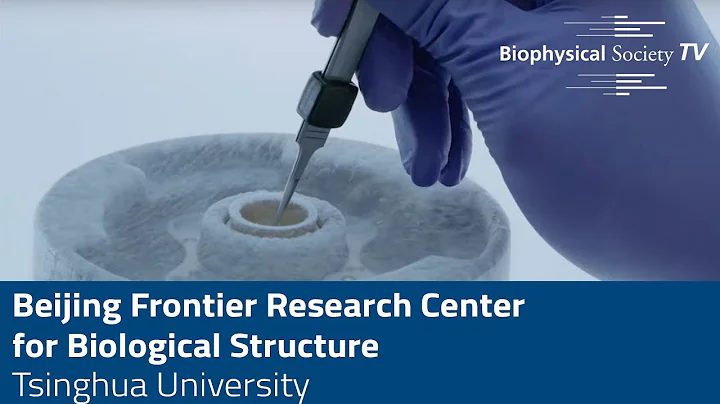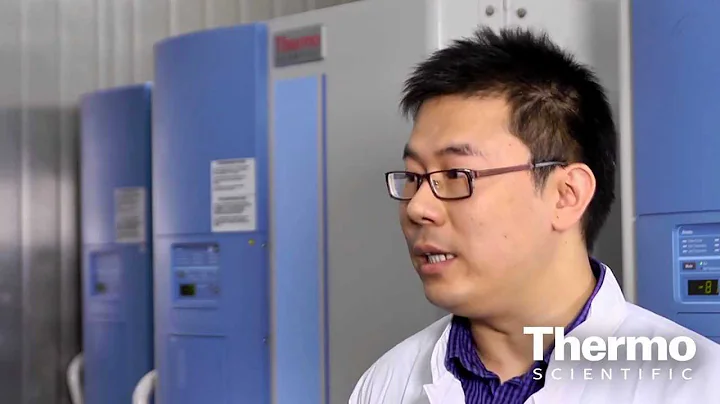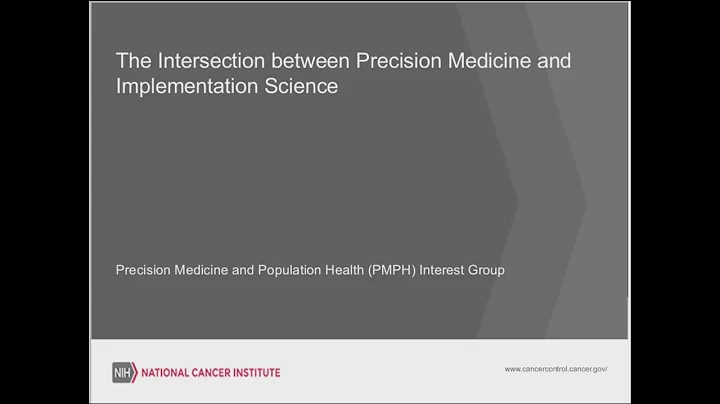Frontiers at the intersection of medicine and engineering

Recently, the international authoritative biosensors and bioelectronics journal Biosensors and Bioelectronics ( Chinese Academy of Sciences I area, impact factor 12.545) published online Fudan University Affiliated Eye, Ear, Nose and Throat Hospital Hong Jiaxu’s deputy chief physician team and Chinese Academy of Sciences The team of Professor Li Tie from Shanghai Institute of Microsystems collaborated on a paper titled "Rapid and quantitative detection of tear MMP-9 for dry eye patients using a novel silicon nanowire-based biosensor".

Deputy Chief Physician Hong Jiaxu

Professor Li Tie

Deputy Chief Physician Team of Hong Jiaxu
Dr. Liu Tingting, Department of Ophthalmology, Fudan University Eye, Ear, Nose and Throat Hospital, and Dr. Lu Zicheng, Institute of Microsystems, Chinese Academy of Sciences, are the co-first authors, Fudan University Eye, Ear, Nose and Throat Hospital For the last corresponding author unit. Since the project was initiated in March 2020, this research has overcame numerous difficulties and finally successfully developed a silicon nanowire biosensor for quantitatively detecting the content of matrix metalloproteinase-9 (MMP-9) in tear fluid. By using a biodiagnostic chip the size of a fingernail, a major breakthrough has been achieved from qualitative detection to quantitative detection of MMP-9 in dry eye patients, providing a new tool for the diagnosis, treatment and management of dry eye.

The biosensor is similar in size to an ordinary mobile phone, making it easy for clinical use; the single-use biodiagnostic chip for tear detection is only the size of a fingernail, and one tear can detect MMP-9, and the results can be used to guide clinical medication.
Research background
“
Dry eye disease
Dry eye disease is the most common chronic ocular surface disease. With the changes in social lifestyle and the aging of society, its incidence will continue to increase. In recent years, ocular surface inflammation has played a major role in dry eye. The role of matrix metalloproteinase 9 (MMP-9) in the pathogenesis of dry eye disease has gradually received attention, and matrix metalloproteinase 9 (MMP-9), as a protease closely related to inflammation, has been proven to be a reliable indicator for the diagnosis of dry eye disease. In North America, clinicians usually use MMP-9 for rapid diagnosis. The test kit (similar to the COVID-19 antigen detection kit) determines whether the patient's tears show a positive reaction. In principle, patients with dry eyes whose tears are positive for MMP-9 should use anti-inflammatory drugs early. This product has not yet entered China. On the other hand, this product is in China. Since it can only be used for qualitative testing, it is also difficult to use for follow-up of dry eye patients. In order to overcome the above problems and realize the localization of the technology, deputy chief physician Hong Jiaxu took the initiative to contact Li, deputy director of the Key Laboratory of Microsystem Technology of Shanghai Institute of Microsystems, Chinese Academy of Sciences. Professor Tie, the two parties finally chose to use silicon nanowire biosensor chips for in-depth research.
"
Silicon nanowire biosensor chips
Biosensors based on silicon nanowire field effects can capture specific target molecules and thereby sense the charge of the target molecules. The changes in conductive properties caused by biosensors have the characteristics of high sensitivity, rapid response, small amount of sample required, and no need for labeling. However, due to the inhomogeneity caused by the biosensor production process and the complex composition of biological samples, it has been relatively limited in clinical applications. Big restrictions. This research team improved the size uniformity and resistance consistency of the biosensor through an improved controllable manufacturing process, and innovatively used optical calibration methods to overcome inter-sensor differences and low-salt solution substitutions introduced during chip manufacturing and functional modification processes. The method solves the application obstacles of biosensors caused by the complex composition of body fluid samples in actual clinical settings, and is the first to develop a silicon nanowire biosensor chip for quantitative detection of tear MMP9 protein concentration. The biosensor showed high agreement with conventional enzyme-linked immunosorbent assay, with a diagnostic sensitivity of 86.96% and a specificity of 90%. In addition, the application of this biosensor to follow-up monitoring changes in MMP9 protein concentration suggests that it is related to the treatment response of dry eye, overcoming the problem that existing rapid diagnostic kits cannot perform quantitative analysis.
"
New breakthrough in medical-engineering cross-innovation research
This research result is also a new breakthrough in the field of medical-industry cross-innovation research by Fudan University Eye, Ear, Nose and Throat Hospital. It leads the conceptual innovation and technological leadership of evidence-based medicine, integrative medicine and smart medical care. Under this circumstance, the Dry Eye Center and the Institute of Microsystems, Chinese Academy of Sciences have joined forces to leverage their respective disciplinary advantages to jointly solve clinical problems, organically and efficiently integrate clinical, scientific and industrial research, and create a world-class interdisciplinary platform for dry eye diagnosis and treatment. The research results are in progress. Actively seek clinical transformation in order to bring good news to more dry eye patients.




















![Infyxion - Snow Wind Blows (Senpapi's Outro) [READ DESCRIPTION] - DayDayNews](https://i.ytimg.com/vi/Qduz0NbZSX8/hq720.jpg?sqp=-oaymwEcCNAFEJQDSFXyq4qpAw4IARUAAIhCGAFwAcABBg==&rs=AOn4CLDlBBP7P7SkZmta7xXZdE2YPOSXtg)
